Spider-Man: Into the Spider-Verse was released in 2018 with a slick art style, fantastic narrative, enjoyable sense of humor, and beautiful animation that catapulted it into one of my favorite animated movies of all time, in addition to winning the Oscar for Best Animated Feature. And with its sequel, Spider-Man: Across the Spider-Verse, set to drop on June 2, to say I’m excited for this movie is an understatement. However, what if I were to tell you that Spider-Man: Into the Spider-Verse wasn’t just a great animated feature, but, from a certain perspective, actually a video game adaptation? You can make a clear connection between the video game Spider-Man: Shattered Dimensions and Into the Spider-Verse.
Released in 2010 and developed by Beenox, Shattered Dimensions differed from what many Spider-Man games of the era were doing. While most Spider-Man games up until that point were open-world adventures that allowed you to swing around New York City, Shattered Dimensions is a linear level-based action game with no open-world component. You play as Spidey and three different parallel-universe versions of him who team up to defeat a cavalcade of villains in an attempt to fix a magical tablet broken by Mysterio.
Each Spider-Man has his own unique gameplay focus and abilities in combat. For example, the main universe Spider-Man has more acrobatic abilities whose levels emphasize platforming more than anything else. Spider-Man Noir, who had only debuted a year before, has a gritty tone and focuses on stealth. Spider-Man 2099, who has a starring role in Spider-Man: Across the Spider-Verse, has more aerial combat and a time-slowing ability. Finally, Ultimate Spider-Man wears the Symbiote suit with increased power and a rage meter for taking on huge crowds of enemies in more open environments. Each Spider-Man has his own specific levels, so unfortunately, you can’t swap between characters as the game progresses.
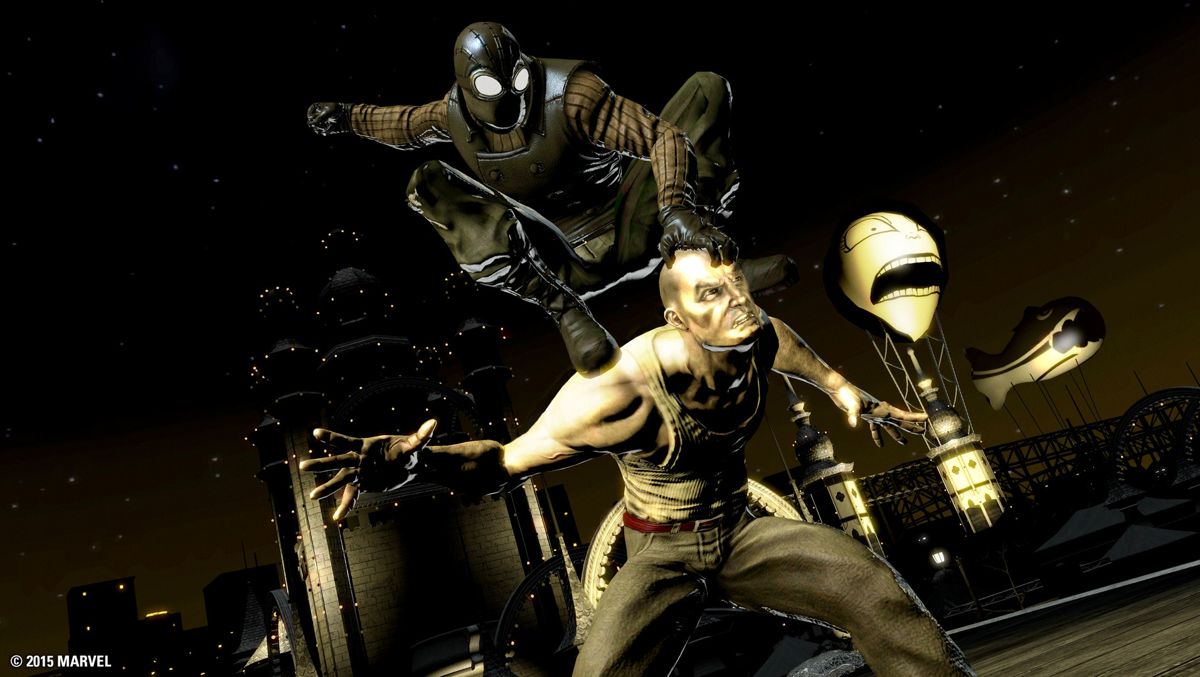
Progression in Shattered Dimensions is very formulaic, but that simplicity gives the game the ability to craft specific set pieces around the villains you fight against. Each level presents a new foe, some of whom debuted in this game, like a Noir version of Hammerhead or a futuristic version of Doc Ock. The levels all finish with a fight against the villain, which usually requires you to discover their weaknesses, exploit the environment, or just beat the life out of them to reclaim the piece of the tablet that amplified their powers. Outside of some wonky first-person action sequences that turn the game into a rudimentary clone of Punch-Out!!, these fights are fine and serve as nice little capstones to each level, oftentimes running no more than 30-45 minutes.
In an era that was all about trying to ramp up the scale and size of its games, Shattered Dimensions feels restrained and focused. The game encourages you to replay levels not only to get a higher score but also to complete each of the level’s 15 achievements in the game’s progression system known as the Web of Destiny. Basically, by accomplishing certain tasks in stages, some of which are mandatory, you’ll slowly expand nodes of a gigantic spider web, which will net you points that can be used to unlock passive abilities for each character, new combos and attacks, or new costumes for the characters. I love how it incentivizes the player to replay stages to get new costumes and moves, which will only serve to drive your score up further, allowing you to unlock even more things within the game.
So, to look at how Spider-Man: Shattered Dimensions then directly inspired Into the Spider-Verse, we need to examine some comic history and look at the Spider-Man franchise as a much larger entity than just the video game adaptations they receive.
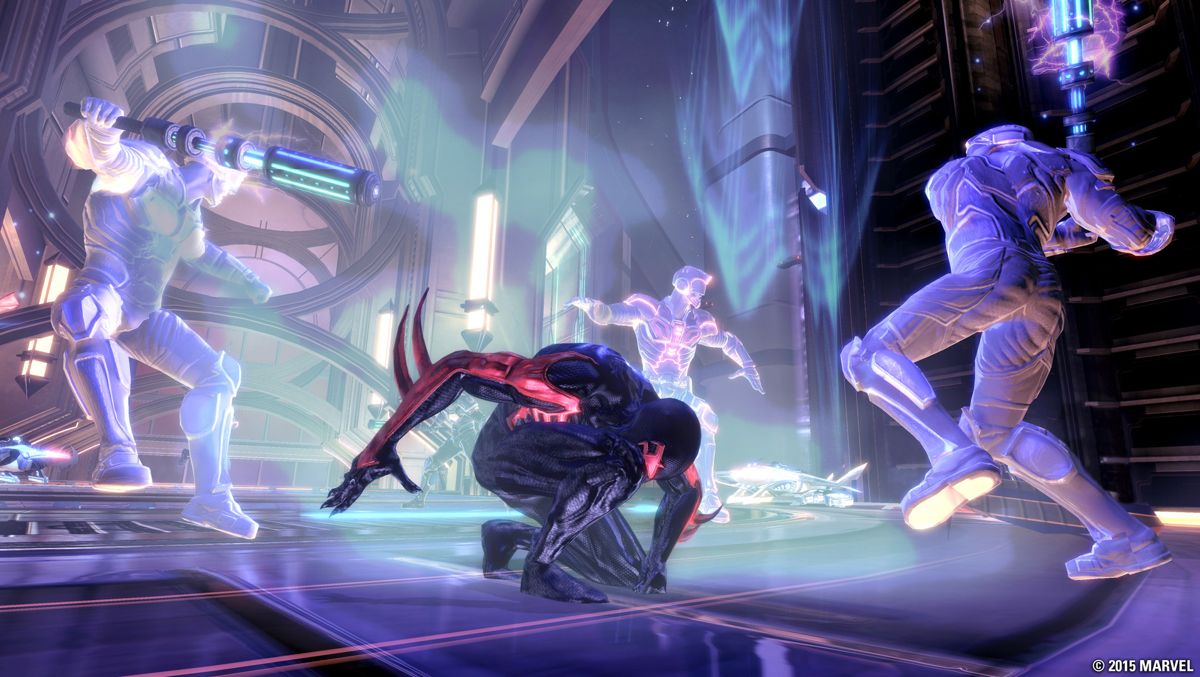
First of all, Shattered Dimensions, like Into the Spider-Verse, loves to make as many references to the larger Spider-Man canon as possible. While Spider-Verse’s references are more blatant to general audiences, featuring characters like Miles Morales, Gwen Stacy, and plenty of other well-known renditions of the character, Shattered Dimensions opts to pay respect to the franchise through its casting choices.
Virtually all of the cast assembled for the game have had voice roles in previous pieces of Spider-Man media, like the various Spidey voice actors, all of whom played the character in earlier animated series. Actors like Neil Patrick Harris from the 2002 MTV series, Christopher Daniel Barnes from the ‘90s series, Dan Gilvezan from the ‘80s series, and Josh Keaton from The Spectacular Spider-Man all play different incarnations of the wall-crawler, giving the game a certain aura of legacy.
But the big connection between the two entries is the writer of Shattered Dimensions, Dan Slott. Over at Marvel, Slott was a writer for the Spider-Man line of books in the late 2000s, but two months after the release of Shattered Dimensions, Slott took over as head writer of the main Spider-Man book, The Amazing Spider-Man. He would shepherd the franchise until 2018, creating several major storylines like the one where Doc Ock and Peter swapped bodies and the 2014 event comic Spider-Verse.
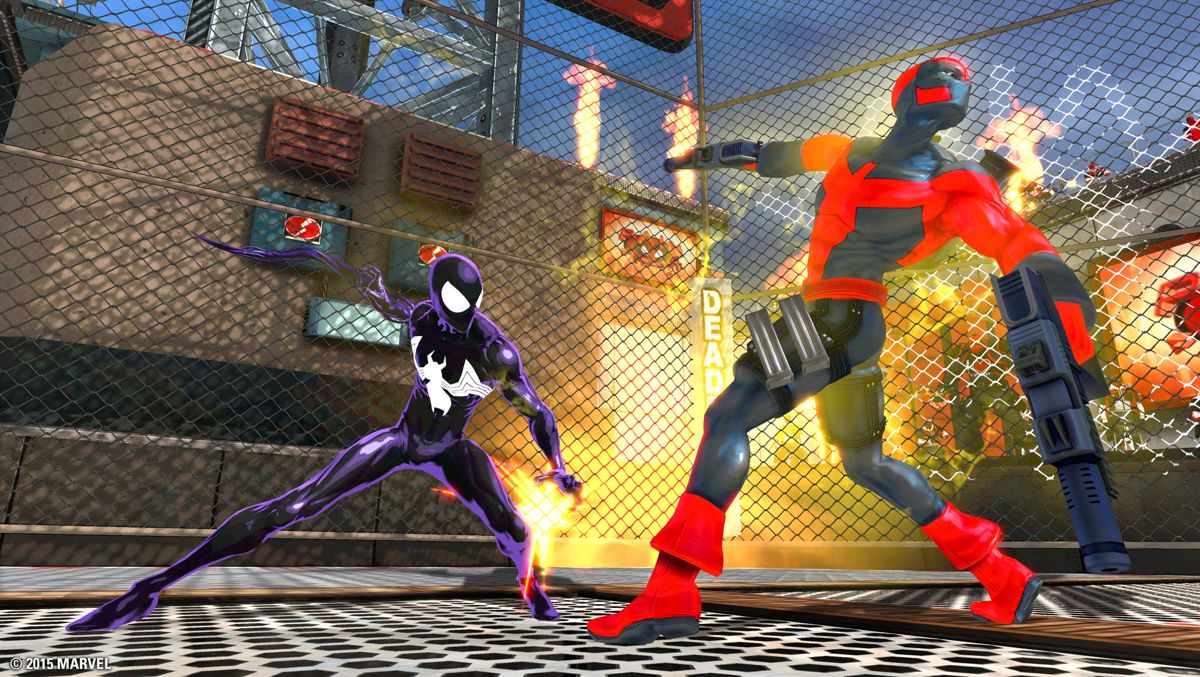
For that event, Slott revisited the concept that he originated with Shattered Dimensions after initially pausing the concept for the benefit of writer Brian Michael Bendis and his 2012 Spider-Men event that paired Peter Parker with Miles Morales. Slott wanted to go bigger with Spider-Verse, creating new Spider men and women and their impact on the multiverse. The event was a success, which one year later led Sony to announce an animated movie that would ultimately be revealed to be based on the concepts and characters established in that storyline. The rest, you can say, is history.
So you can most certainly make the argument that Shattered Dimensions served as a “rough draft” concept for what would eventually become one of the most critically acclaimed animated movies of the last decade. It’s funny when you think about it because when it was originally released, Shattered Dimensions was viewed favorably but didn’t exactly set the world on fire. It sold well enough, and the formula and premise of the game would be reused for 2011’s Spider-Man: Edge of Time. But the franchise would quickly shift back to featuring Spidey swinging around New York skylines and will most likely stay that way for the foreseeable future.
Spider-Man: Shattered Dimensions was released in an era rife with licensed cash grabs, so seeing just how influential it inadvertently became is wild. It’s a perfectly fun and entertaining action game, but its legacy is arguably more compelling and interesting than the game itself. It makes you wonder what other games from previous generations will serve as the inspiration for major cultural milestones. Who knows? Maybe when Aquaman and the Lost Kingdom comes out, it’ll have lifted its plot directly from the 2003 video game. Based on all of the production woes that movie has experienced, it wouldn’t surprise me in the slightest.

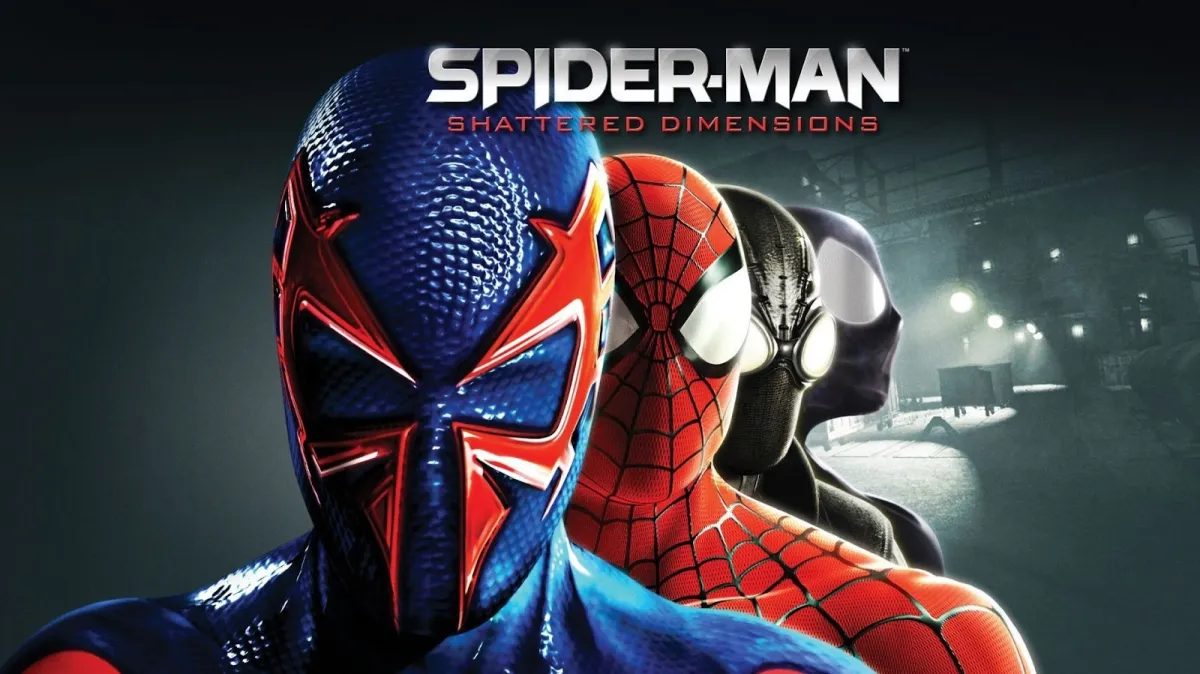



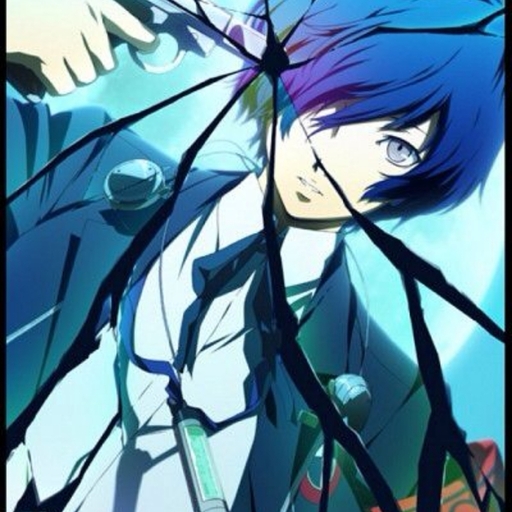
Published: May 28, 2023 02:51 pm